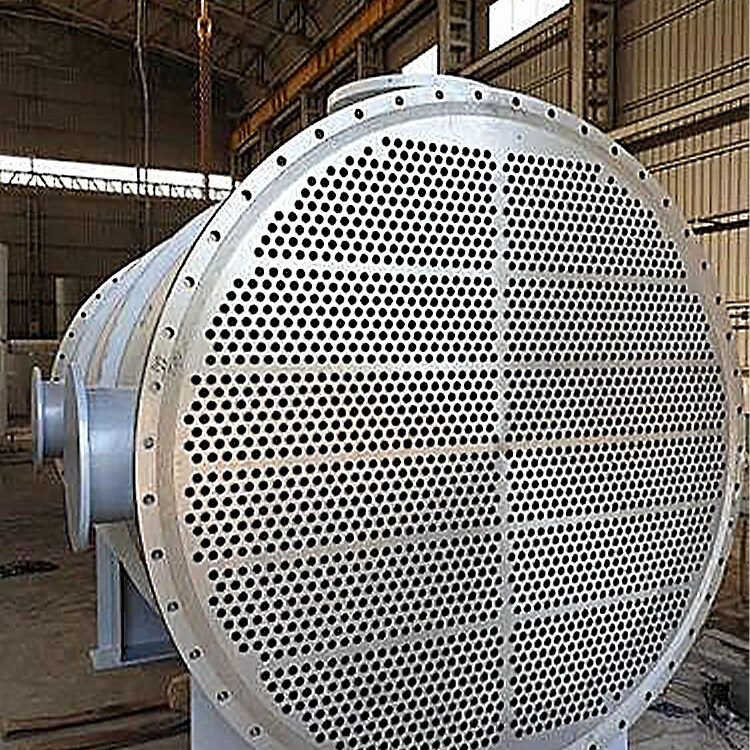Industrial Shell and Tube Heat Exchanger
Basic Introduction
Among many heat exchange equipment, industrial shell and tube heat exchangers stand out for their wide applicability and become a powerful assistant for industrial heat transfer. GNEE is an excellent and professional heat exchanger manufacturer and supplier.


Product Introduction
Shell and tube heat exchanger in industrial is a common heat exchange equipment, mainly used in chemical, petroleum, pharmaceutical and food processing industries. Tubular heat exchanger is not only suitable for a large operating temperature and pressure range, but also has the advantages of low manufacturing cost, easy cleaning, strong processing capacity and stable and reliable operation.
Supports horizontal or vertical installation.
Product structure
- The heat exchanger is mainly composed of its shell, heat exchange tube, tube sheets at both ends, baffles, and tube box.
- The shell is mainly cylindrical.
- The baffle can increase the fluid speed so that it passes through the tube bundle as required.
- The tube is connected to the tube sheet.
- The fixed tube sheet type fixes the tube sheet and the tube bundle, while the floating head type can float up and down at one end.
- The connection between the tube and the tube sheet is a relatively important structural part in the design of the shell and tube heat exchanger. It not only has a large processing workload, but also must make every connection in the operation of the equipment to ensure that the medium has no leakage and can withstand the medium pressure.
- The common materials of heat exchangers are mainly carbon steel, stainless steel, copper, copper alloy, titanium alloy, etc.

Product parameters
Pipe specifications (commonly used):
● Carbon steel φ19×2, φ25×2.5, φ32×3, φ38×5
● Stainless steel φ19×2, φ25×2, φ32×2.5, φ38×2.5
Arrangement of heat exchange tubes: triangle, corner triangle, square, corner square.

Product advantages
- High temperature and high pressure resistance: High-pressure heat exchangers can adapt to working conditions with large temperature and pressure differences, with fast heat transfer efficiency and high energy efficiency.
- Corrosion resistance: Stainless steel, copper and other corrosion-resistant materials are used to improve heat exchange efficiency and extend service life.
- Cost saving: The compact heat exchanger has a compact structure. First of all, in terms of production and manufacturing, it has no complex components, and installation and maintenance save costs; secondly, in terms of floor space, it has a small area, which indirectly saves production site costs.
FAQ
Q: What is the price of shipping?
A: The price will vary depending on the delivery port.
Q: What do I need to provide for custom heat exchangers?
A: Technical drawings and specification documents are best, or you can list the key parameters of the design.
Q: Can I have your catalog and price list?
A: Prices may vary depending on materials, standards, and designs. Welcome to contact us for accurate prices.











